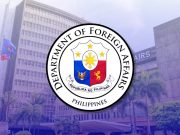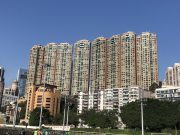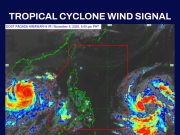LEGAZPI CITY — The Philippine Institute of Volcanology and Seismology (Phivolcs) issued an urgent lahar advisory for Mayon Volcano on Thursday, warning of potential volcanic sediment flows as Tropical Storm Dante, Severe Tropical Storm Emong, and the southwest monsoon, known locally as “habagat,” threaten to unleash heavy rainfall across the Bicol Region.
The advisory highlights the risk of lahars—destructive flows of volcanic mud and debris—that could surge through rivers and drainage channels around the iconic volcano. Phivolcs urged communities in vulnerable zones to heighten vigilance and prepare for possible evacuation to ensure their safety.
“Heavy to torrential rainfall can generate post-eruption lahars on major channels draining Mayon Volcano by incorporating loose material from remnant pyroclastic density current deposits of the 2018 and 2023 Mayon eruptions,” Phivolcs stated. These flows, which mix volcanic ash, rock, and water, can be as devastating as floods, sweeping away infrastructure and endangering lives.
The agency identified the Miisi, Mabinit, Buyuan, and Basud Channels as particularly at risk, noting that these areas contain significant deposits of loose volcanic material from past eruptions. Additionally, older eruption deposits on the volcano’s eastern and western slopes could be eroded, triggering non-eruption lahars that further threaten downstream communities.
Phivolcs listed several channels in Albay Province—Miisi, Binaan, Anoling, Quirangay, Maninila, Masarawag, Muladbucad, Nasisi, Mabinit, Matanag, Basud, and Bulawan—as potential pathways for lahars and sediment-laden streamflows. These areas, nestled around the perfectly conical Mayon Volcano, are home to thousands of residents who rely on the region’s fertile slopes for agriculture.
Local government units and communities were called upon to closely monitor rainfall conditions and implement pre-emptive measures. “Continuous vigilance and readiness are critical,” Phivolcs emphasized, urging residents to stay informed and prepared for rapid response if conditions worsen.
Mayon Volcano, one of the Philippines’ most active volcanoes, last erupted significantly in 2023, leaving behind vast deposits of volcanic material that now pose a lingering threat during heavy rains. The Bicol Region, accustomed to the dual challenges of volcanic activity and tropical storms, faces heightened risks as the stormy season intensifies.
As Tropical Storms Dante and Emong approach, authorities are bracing for potential disruptions, with Phivolcs’ advisory serving as a stark reminder of nature’s unpredictable power in this disaster-prone archipelago.












